Unlock vital strategies to enhance colostrum quality in dairy cows. Find out how fine-tuning nutrition and management can elevate your herd’s health and efficiency.
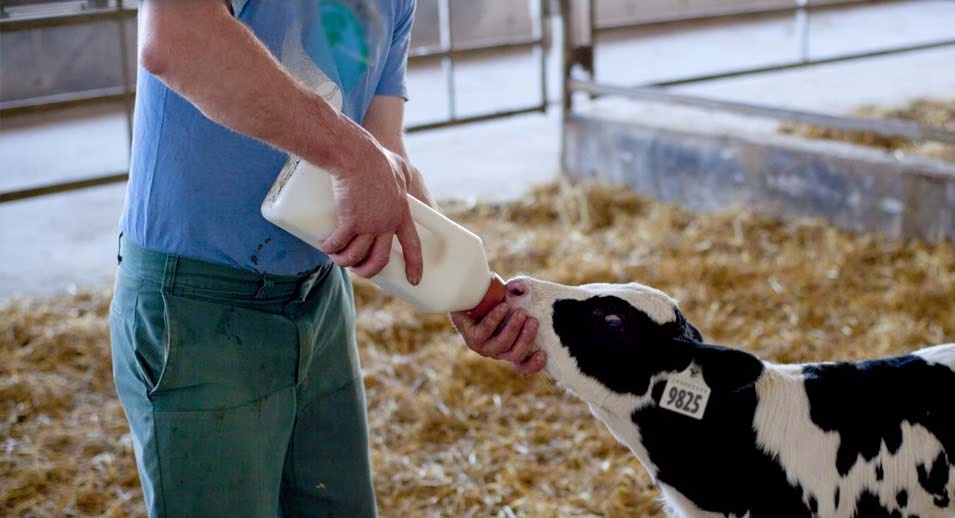
Summary: Dairy producers play a crucial role in newborn calfs’ survival rates and herd health, as they rely on their mother’s first few sips of colostrum. Factors such as sex, cow parity, birth weight, and seasonal variations can impact colostrum quality. Stress management techniques, housing, and nutrition are essential at the herd level, and comprehensive prepartum nutrition programs can improve colostrum quality. Understanding individual animal factors on colostrum generation helps understand colostrum generation. Multiparous cows provide more colostrum with higher immunoglobulin levels than first-time calves, while male calves produce more due to hormonal changes and different fetal needs. Metabolic status plays a significant role in colostrum quality and yield, and dairy producers can increase production, promote passive immunity transmission, and raise farm output by monitoring and controlling these variables.
- The variability in colostrum yield and composition underscores the need for consistent management practices.
- Factors such as parity, sex of the calf, and calf birth weight significantly affect colostrum quality and production.
- Prepartum nutrition, including energy, protein, vitamins, minerals, and feed additives, plays a pivotal role in colostrum yield and quality.
- Environmental factors and the length of the dry period are influential in colostrum production.
- Proper timing for colostrum harvest and effective storage strategies are essential to maintain its nutritional and immunological benefits.
- Ongoing research is crucial to fill existing gaps in understanding colostrum production mechanisms and improving management practices.
As a dairy producer, you play a crucial role in the life of a newborn calf. Imagine a calf, only a few minutes old, depending totally on its mother’s first few sips of colostrum. This golden liquid, rich in nutrients and antibodies, is not just the calf’s first meal but also a necessary lifeline. Understanding and maximizing colostrum production are essential for effectively running your herd, directly impacting calf survival rates and general herd health. Ensuring excellent colostrum is not just a success for your dairy business but a great beginning for your calves. Many factors affect colostrum quantity and composition, from personal cow traits to prepartum diet. By exploring these factors, you can improve colostrum output, guaranteeing every calf has the robust start it is due.
Mastering Colostrum: Navigating Variability to Boost Calf Health and Dairy Farm Efficiency
Boosting calf health and farm output depends on an awareness of colostrum variability. Crucially important are the calf’s sex, the cow’s parity, and birth weight. Older cows, for example, often produce more colostrum than first-time moms. Furthermore, differences in the calf’s sex and birth weight influence colostrum quality.
Another essential consideration is seasonal variations. Because of variations in environmental stresses and food, cows calving in cooler months frequently produce more vital colostrum than those calving in warmer seasons.
Stress management techniques, housing, and nutrition become essential at the herd level. Programs of comprehensive prepartum nutrition may improve colostrum quality. Furthermore, the general condition of the herd significantly affects colostrum output.
Maintaining a constant supply of premium colostrum might seem challenging, but it’s a goal worth pursuing. Variations in environmental circumstances and management may cause changes in colostrum quality. However, with continuous improvement in your techniques, you can guarantee every newborn calf has the best start, inspiring optimism and motivation in your dairy farming journey.
Recognizing the Impact of Individual Animal Factors on Colostrum Production and Quality
Realizing the influence of individual animal characteristics like parity, calf sex, birth weight, and the cow’s metabolic state helps one understand colostrum generation. These characteristics significantly affect colostrum’s quality and yield.
Parity: Thanks to their excellent expertise and physiological adjustments, multiparous cows often provide more colostrum with higher immunoglobulin levels than first-time calves.
Sex of the Calf: Due to hormonal changes and different fetal needs, cows with male calves produce more colostrum than those with female calves.
Calf Birth Weight: Better colostrum quantity and quality have been associated with heavier calves at delivery. These calves need extra nutrition during pregnancy, which drives colostrum production in the cow.
Metabolic Status: Cows in ideal metabolic conditions produce better-quality colostrum rich in immunoglobulins, proteins, and energy. Reduced-quality colostrum brought on by poor metabolic health compromises calf health.
By monitoring and controlling these variables, dairy producers may increase colostrum production, promote passive immunity transmission, and raise farm output.
Strategically Enhancing Colostrum Quality Through Targeted Prepartum Nutrition
Increasing colostrum output and quality in dairy cows depends on an appropriate prepartum diet. Late gestation metabolizable energy and protein consumption substantially influence nutrients and colostrum output. More colostrum produced by higher metabolizable energy levels in the meal before calving satisfies the dietary needs of the newborn calf.
Protein is more than numbers; it dramatically increases the immunoglobulin content of colostrum, which is vital for calf immunity. Although the optimal amino acid compositions are currently under research, focused supplements are promising.
Minerals and vitamins are still essential. While trace elements like selenium and zinc are vital for antioxidant defenses and general cow health, vitamins A, D, and E boost immunological activities. Equipped with balanced pre-calving levels of these nutrients, colostrum may become more affluent.
Feed additives, including rumen-protected lipids and yeast cultures, are becoming increasingly popular as they raise colostrum quality and increase metabolic efficiency.
Using these nutritional techniques guarantees a regular supply of premium colostrum, which results in excellent development rates, healthier calves, and higher herd production.
Optimizing Prepartum Conditions: The Key to Superior Colostrum Yield and Quality
Colostrum production depends critically on the prepartum environment, which includes housing, stress levels, and cow comfort. Clean, pleasant, stress-free settings significantly improve colostrum quantity and quality. However, overcrowding, sudden food changes, and aggressive handling may lower colostrum output. Check bedding, ventilation, and space.
The duration of the dry spell is also rather significant. Both too long and too brief dry spells might affect colostrum production. Mammary gland healing and colostrum synthesis most benefit from a 60-day dry phase. While longer intervals may lower colostrum quality, shorter times may not enable enough recuperation. The prepartum environment, which includes housing, stress levels, and cow comfort, significantly influences colostrum quantity and quality. Clean, pleasant, stress-free settings are ideal for colostrum production, while overcrowding, sudden food changes, and aggressive handling may lower colostrum output.
Management also covers herd behaviors and nutrition. Meeting energy and protein needs—including feed additives, vitamins, and minerals—improve colostrum quantity and quality. Timely colostrum delivery and oxytocin usage after calving facilitate adequate harvest.
Two key aspects are heat treatment and correct colostrum storage. Though it doesn’t break down colostral components, heat treatment lowers bacteria, reducing the calf’s risk of infection. Good storage, like cooling and freezing, preserves the colostrum’s nutritional and immunological integrity, ensuring that the calf receives the full benefits of the colostrum.
Addressing the prepartum environment, fine-tuning the dry phase, and maximizing nutrition and management can significantly increase colostrum output, improve calf health, and increase dairy producers’ farm efficiency.
Ensuring Peak Colostrum Benefits: Essential Harvesting and Storage Techniques for Dairy Farmers
Correct colostrum collecting and storage can help your newborn calves start the best. Harvest colostrum as soon as you can after calving—ideally two hours—because its quality declines rapidly with time. If the cow is anxious or hesitant to nurse, use oxytocin to guarantee a decent yield.
Refrigerate colostrum for temporary use. If you want long-term storage, freeze it in tiny containers for quick thawing and less waste. While pasteurizing colostrum can help destroy germs without compromising its quality, be careful to heat it between 140°F and 145°F (60°C and 63°C). If the cow is anxious or hesitant to nurse, oxytocin, a hormone that stimulates milk ejection, can guarantee a decent yield without harming the cow or the calf.
Use mild techniques, like a warm water bath, to defrost frozen colostrum and maintain its essential proteins and antibodies. These techniques will increase calf health and raise your farm’s efficiency.
Bridging the Knowledge Gaps: Unlocking the Future of Colostrum Production and Quality
Though progress has been made, our knowledge of colostrum generation and quality in dairy cows still needs to be improved. More studies are required to find out how the prepartum diet affects colostrum. This covers researching many minerals, vitamins, and feed additives. The prepartum environment and dry period duration also require more investigation to understand their impact on cow physiology.
We should research the time and technique of colostrum collecting, especially the function of oxytocin. Additionally, additional investigation is essential to understand how heat treatment and storage procedures affect colostrum. Understanding animal features like parity, calf birth weight, and metabolic state might assist in developing better management practices.
Addressing these gaps may enhance our understanding and give practical recommendations for dairy producers, leading to healthier calves and more efficient farming operations.
The Bottom Line
By significantly improving the health and immunity of your calves, optimizing colostrum output and quality will help your farm be more generally efficient. These are essential lessons and doable advice:
- Monitor Individual Animal Factors: Track parity, calf birth weight, and cow metabolic state. Change your management plans to fit your herd’s particular demands.
- Invest in Prepartum Nutrition: Throughout the prepartum period, ensure your cows have a balanced meal high in metabolizable energy, protein, vitamins, and minerals. Consider seeing a dietitian to maximize the feed schedule.
- Create an Optimal Prepartum Environment: Keep the surroundings free of tension and adequately control the duration of the dry time. Enough relaxation and suitable surroundings help to improve colostrum output and quality.
- Prioritize Timely Colostrum Harvesting: To optimize immunoglobulin content, harvest colostrum right after calving. During collecting, guarantee good technique and hygiene.
- Focus on Proper Storage and Handling: Heat treatment techniques help retain colostrum’s beneficial elements. Store it suitably to avoid deterioration and spoiling.
Your proactive work will pay off; healthier calves and a more energetic herd result. Don’t stop here; keep being educated and modify your procedures constantly, depending on the most recent studies, to improve colostrum quality. Right now, act to ensure a better herd tomorrow!
Learn More:
- Transforming Young Heifers to Mature Cows: Boosting Dairy Herd Longevity
- Maximize Your Dairy Farm’s Profit: Insights from the 2021 Nutrient Requirements Report
- 7 Essential Questions Every Dairy Farmer Must Ask Their Nutritionist
 Join the Revolution!
Join the Revolution!
Bullvine Daily is your essential e-zine for staying ahead in the dairy industry. With over 30,000 subscribers, we bring you the week’s top news, helping you manage tasks efficiently. Stay informed about milk production, tech adoption, and more, so you can concentrate on your dairy operations.







 Join the Revolution!
Join the Revolution!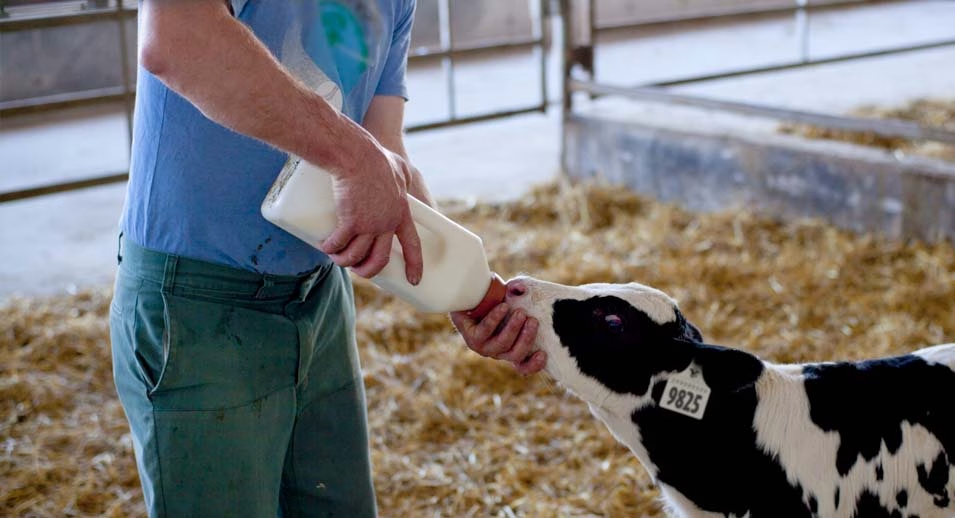
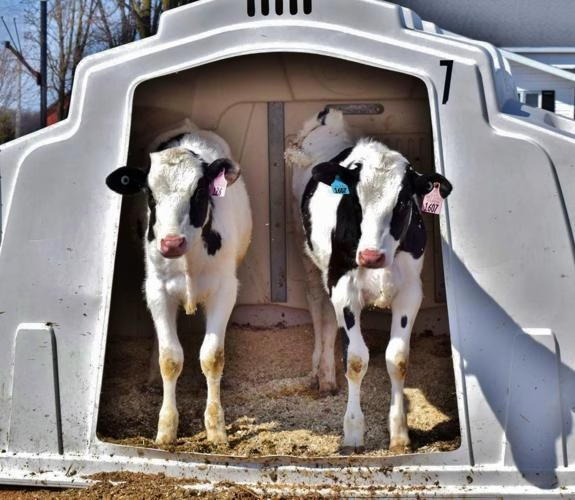

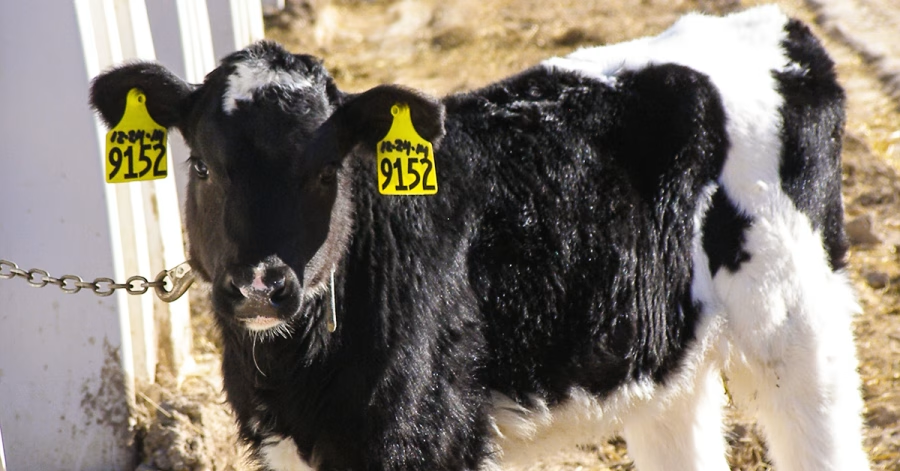
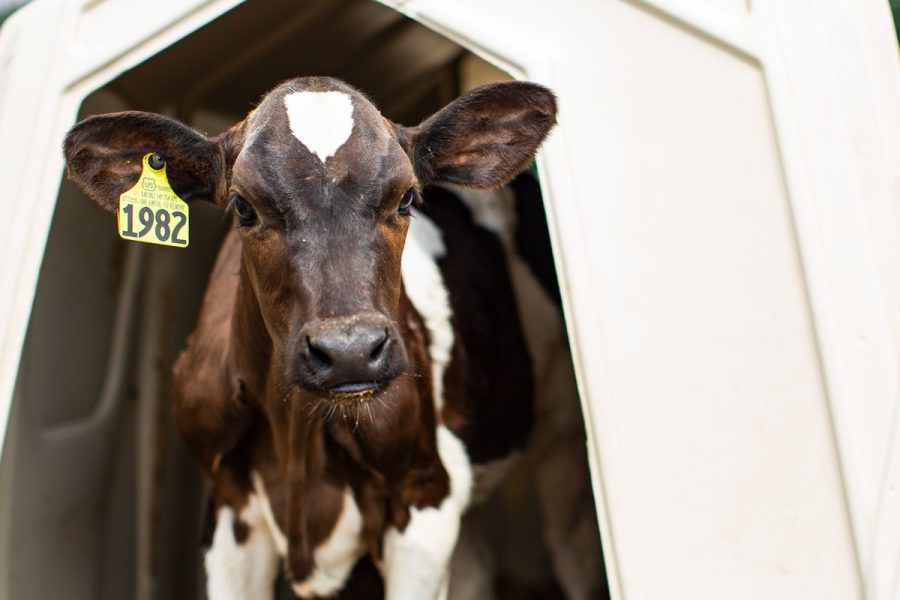
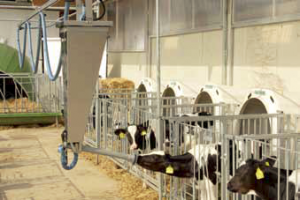 Advantages of Automatic Calf Feeders
Advantages of Automatic Calf Feeders




